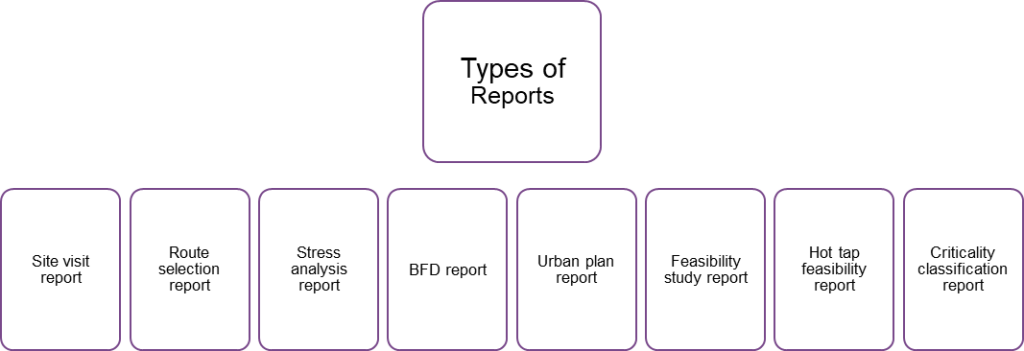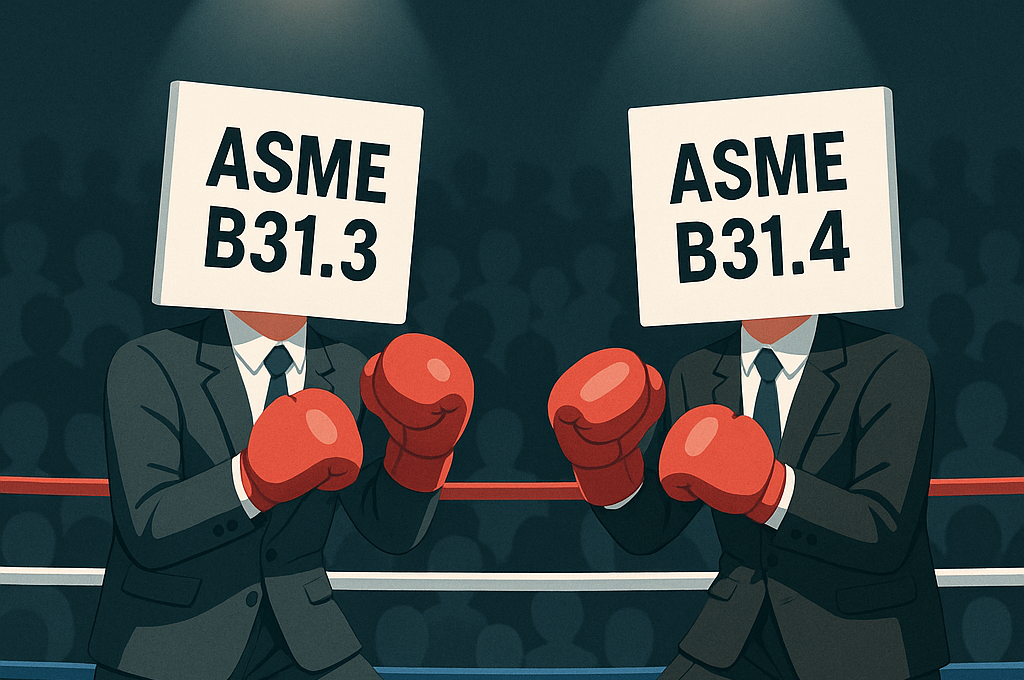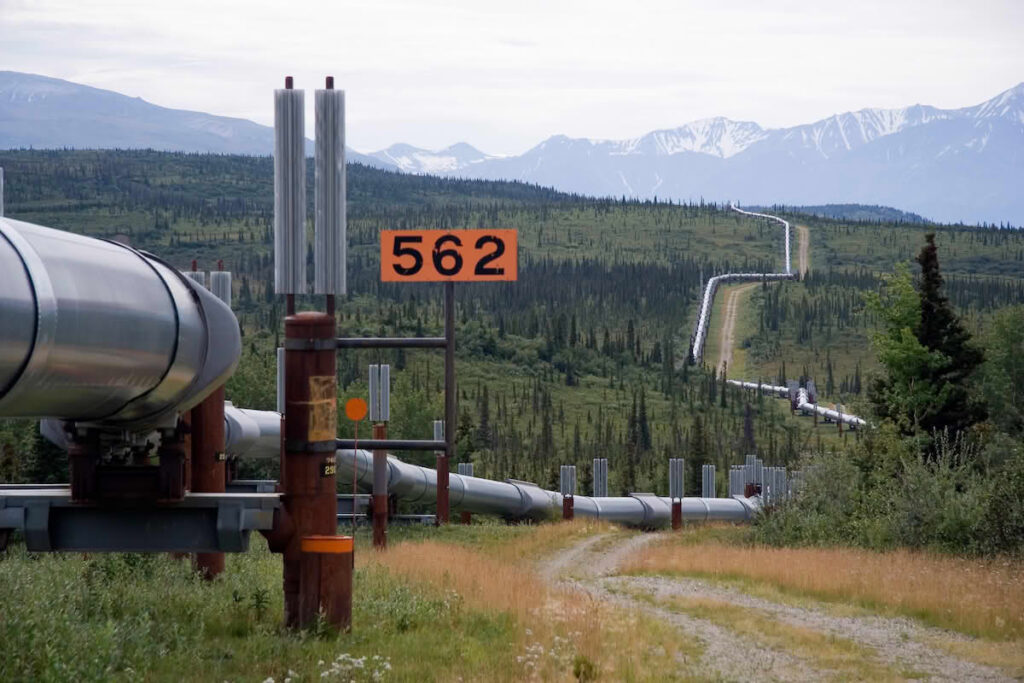What are the different types of reports used in pipeline engineering?

Site Visit Reports
The introductory section mainly comprises of 4 different sections which are the project background, field background, facility description, and pipeline scope. In project background, you can find what is the proposed project for the field for example drilling new wells and their use. Next, in the field description, the field’s historical timeline is enlisted and its location. One can also find details related to the size of production. After that under facility description, the intended stations connected by pipelines are described such as RMS and GS. In this part, one can find more about On-Plot scope for the project. Lastly, pipeline scope highlights the thickness, grade material, buried/aboveground, pipeline length, and the start and ending points.
Details of the visit
This part gives a summary table about the site visit such as location, duration, team members, and client contacts.
Purpose of the visit
A list of objectives to be achieved from the site visit is outlined. Such objectives can be:
- Check/confirm feasible route options of the proposed pipelines.
- Verify/confirm the location of pipeline approach.
- Verify RMS location.
- Verify well head location.
- Verify pipeline crossing and identify rerouting.
- Review existing and future facilities on pipeline proposed route.
- Take photographs and record UTM coordinates along the route.
One can also find in this section which locations have been visited on site such as gathering station, wellhead, and proposed routing options.
Desktop Study
The section outlines how the desktop study has been conducted (normally through satellite imagery) and which general considerations were taken into action when routes were selected. General considerations for desktop study are as follow:
- Minimize total length and bends, number and length of crossings, routing through difficult construction areas.
- Constructability and feasibility.
Site Observations/findings
This section of the report is often the lengthiest including several sections such as a summary of the site visit, No. of crossings, and surface ground conditions. For the summary of site visit, it outlines first which maps were used for the visit (satellite imagery) and what was done (Photos, spacing between pigging stations, UTM coordinates taken, etc.). Following that, the report describes the proposed routing options in-depth and provides an assessment for each option. Next, for No. of crossings section, one can find a summary table providing the total number of crossings for each proposed routing option. Lastly, in the surface ground conditions section, one can find a description about the terrain for the proposed routes and the terrain at crossings.
Conclusions
An evaluation based on the site visit finding and the major takeaways are enlisted in the conclusion and recommendations section. The recommendations describe which route is feasible and why and what shall be considered when selecting in terms of the damage that may be caused by crossings.
Route Selection Report
Introduction
The introductory part of the document describes the oil field’s geography and provides a timeline for its production. The section also enlists information about the size of production, number of producers and which facilities/stations are to be utilized in the project. In addition, a table highlighting the locations of every pipeline, length, start and end point is outlined.
Scope of the document
This section basically identifies the purpose of the document which is to present the selection of routing and identify the most suitable route based on technical, cost and constructability considerations.
Reference Data & Equipment
The route maps drawings, plot plans, and alignment sheets as well as the GPS equipment model used is highlighted in this part.
Basis for Route Selection
The general considerations for the selection are as follow:
- Minimize total length and bends, number and length of crossings, routing through difficult construction areas
- Constructability and feasibility
Route Selection
This part of the report composes of two sections which are the route study and pigging facility. In Route Study part, one can find the construction philosophy, subsurface ground conditions, routing, proposed locations. The construction philosophy describes whether the pipeline will be buried or aboveground. Subsurface ground conditions talk about the nature of terrain and the ground elevations. Proposed locations provide UTM coordinates and identify starting and ending point for each pipeline. Lastly, pigging facility part provides which standard will be followed for the pigging operation of the proposed pipelines.
Conclusion & Recommendations
Provides any issues that may arise from constructing the pipeline.
SOW for topographical survey
The scope of work for topographical route survey involves detailed investigation of the proposed pipeline route and its construction environment. Activities conducted during the survey include data collection, environmental and social impact assessment, UTM coordinates, risk assessment, quality control, and reporting. Scope of Work document for topographical route survey is structured as per the below.
Introduction
The introduction of the report is sectioned as follow:
- Project Background: Goal of the project as well as a brief description about the methodology used in the project.
- Field Description: A figure locating the described field.
- Project scope: What will be constructed is stated and what surveys need to be implemented.
Purpose
Outlines the purpose of the document, documents to be submitted, and the routes for the Surveyor to follow.
Route Maps
The section gives reference to which route map drawings have been used to draft the scope of work and which appendix they are located at.
Codes & Standards
The section provides a table to which international codes such as ASME are used to draft the scope of work.
Scope of Work
Scope of work section is the lengthiest part of the document and is structed as per the following:
- General: Guidelines and Requirements for the surveyor and which codes and standards to comply with
- Start and End Points for the Pipeline Route: Highlights the start and end points of the survey in reference to the overall route map.
- Pipeline Longitudinal Survey: Guidelines for establishing route centreline, obtaining soil data, exploring intermediate facilities, obtaining topographic features, ground profiles, etc.
- Pipeline Cross Section Survey: Guidelines for surveyor in assessing specific crossing locations that are sensitive to the pipeline.
- Pipeline Appurtenances Survey
Deliverables
- General: States what the complete package shall include (route map, alignment sheets, etc.)
- Overall Route Map and Alignment Sheets: Specifies detailing for overall route map and what the alignment sheets shall include
- Co-ordinate Listing: Specifies what co-ordinate listing shall include.
- Route Survey Report: Specifications what to include in the report.
SOW for Geotechnical Investigation
Introduction
Highlights the project background, scope, field, and facilities description.
Purpose
Mainly to define, identify scope of work, the documents to be submitted and the location for the subsurface investigation.
Location
Highlights the appendices that show the coordinates for investigation.
Scope of Work
Main guidelines for the scope and what it shall contain.
Site Work/ Field Testing
Provides requirements for soil investigation and subsurface investigation at facility plots.
Laboratory Testing
Enlists the types of lab analysis to be done such as mechanical, chemical, Atterberg limits, Rock Core testing, etc.
Deliverables
Highlights the set of parameters to be obtained from pipeline route investigation and facility plots investigations.
Schedule
Specifications for providing start and end dates schedule for each activity.
Site Cleaning
Specifications for the environmental condition of the site such as debris disposal and removal policy.
HSE
Guidelines to follow health, safety and environment rules and the types of activities needed to align with these rules.
Quality Assurance
Highlights the procedure and the documents used to conduct quality assurance.
Codes and Standards
The section provides a table to which international codes such as ASME are used to draft the scope of work.
Schedule of Unit Rates
Tables including a column to indicate the lump sum cost of each activity intended to be executed.
Scope of Work for Auto UT & CE Analysis for P/L Tie-in’s
Introduction
his section of the document highlights the purpose, scope, and target audience. The purpose mainly is to provide guidelines for the selection and use of Automated Ultrasonic Testing to assess performance or technical integrity of some parts of a pipeline. Next which is the scope highlights to which item of the pipeline the document is intended to be used. Lastly, target audience is mainly the client or a client’s contractor.
Background
The background section of the scope of work is divide into standards and current practice. Standards section highlights the purpose from using Auto UT which mainly the inspection and monitoring of pipelines. Then, “Standards” section provides guidance on how to carry the inspection with reference to the relevant documents. The second part which is “Current Practice” provides assessment for the current practice undertaken by the contractor carrying the Auto UT inspection and provides analysis on key points to improve and focus on.
Recommended Practice
Recommended practice section of the scope of work contains validation of the inspection results, validation of defects to be repaired, auto UT for corrosion monitoring, and assessment of contractor performance. Overall, this section of the document outlines rules and relevant documents in use to carry out the validation process for Auto UT.





